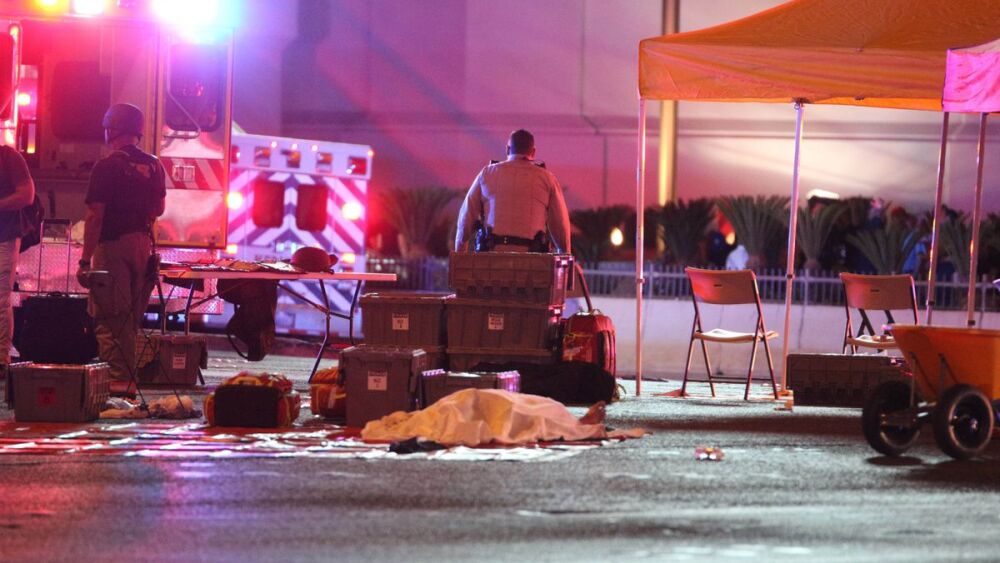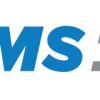Private ambulance services, fire departments and advertised “special event medical standby” businesses offer first aid stations, bike medics and roving EMS teams as part of their standby EMS services for concerts, rodeos, festivals, car races and high school football games. But standby services can be overlooked and understaffed, putting cities and festivalgoers at risk.
Rob Richardson and Brian Rogers are paramedics that offer standby services for more than 1.5 million event spectators and participants every year through Community Ambulance, located in Henderson, Nevada. For the Las Vegas Route 91 Festival, Community Ambulance delivered full-scale pre-planning and provided the right people, in more than industry acceptable numbers for the festival’s audience, staff and entertainers.
Community Ambulance personnel performed heroically during the Las Vegas Route 91 festival shooting and after, carrying on the daunting administrative fact-finding work that only such an altering event can manifest.
Fortunately, we in EMS can learn from each other when a large-scale tragedy occurs. We can compare what we do with what worked for another agency, as well as enhance training, require additional resources and investigate new equipment and service delivery methods. Due to the sheer number of events the standby service covers each year, its division managers are now in a position of counseling event planners and promoters about how important it is to plan early for every contingency.
Through experience, the owners of Community Ambulance have learned a number of ways to best offer emergency medical services during special events. The importance of the services cannot be overstated, and will be scrutinized.
No matter the size or scale of an event assignment, our attention to detail, and the professional resources and equipment we assign has to hold the same priority,” Community Ambulance’s Special Event Manager, Glen Simpson, AEMT, said. “If something happens, we will be in a media fishbowl.”
The following key takeaways can help guide special event medical standby services interested in professionalizing and reinvesting in this crucial EMS service offering.
#1 Ensure all festival security players are acquainted and communication systems ready
Community Ambulance’s staff have been part of planning for EMS at events for years, including the Electric Daisy Carnival music festival, which sees up to 150,000 attendees on each day of the three-day event. Relationships mean everything during a large-scale event:
“Long before anything happens at a large-scale event, relationships need to be in place that guarantee an immediate response by law enforcement, fire services and other EMS responders,” Richardson said.
The standby service should meet regularly with the fire department chief, fire department EMS chiefs and the chief of police so they understand the capabilities of the onsite medical services. In Las Vegas, the METRO police department has its own special events division, with officers dedicated to serve during events, whom Community Ambulance communicates with regularly.
For optimal success with incident management, ensure your communications center is robust enough to handle a large-scale incident, and that it is linked with the local 911 system.
Tech Tips: Standby service event communications can become part of 911 communications through technology, should it become immediately necessary. Community Ambulance’s special event medical standby teams are equipped with 800UHF frequency radios, which is the same system that the Clark County Fire Department uses, so they can establish a direct connection. Further, computer-aided dispatch systems record, time-stamp and make all call information related to the event immediately accessible for all public safety dispatch centers. The company’s records become part of follow-up investigation.
#2 Determine the number of medical standby services
How many resources are enough? This is an important question for event planners. Fortunately, in Southern Nevada Health District, EMS regulations specify a special events medical standby application for host organizations to complete for health district approval. Approved applications are accepted by the health department and providers use the district’s regulations as a guide.
“Typically, and based on the type of event and demographics, we more than cover the minimum requirements,” Simpson said. “[Often], the major event promoters aren’t as concerned about costs as they are about ensuring enough resources.”
For planning purposes, Community Ambulance considers the size and type of standby venue. Division managers pre-plan, considering the type of event, the venue’s egress points, anticipated attendance numbers and demographics, day or night coverage and a number of other variables.
There were 16 people and four ambulances scheduled to cover the concert’s approximate 25,000 spectators. Community Ambulance based their standby operation from a first-aid tent located in between the venue’s main entrance and the main concert stage. Four off-duty employees and one former employee visiting from California stayed and assumed on-duty status, rather than run from the danger.
#3 Ensure professional appearance -- the public scrutinizes standby service crews
Many special event medical standby assignments are performed free as a good will gesture from a municipally-contracted ambulance service, or a service aiming to gain more exposure as a healthcare system ally. In some cases, fire departments provide special event medical standby services to increase city or county revenues.
Regardless, all ambulances and personnel are on display. During the heat of a medical emergency, emotional bystanders might not notice the ambulance is dirty or the personnel are ill-groomed. But, if they become bored during a low-scoring game or between musical sets; it’s your crews they’re looking at.
And, if something tragic happens, your crews will be even more scrutinized.
#4 Make standby services prominent
At the Route 91 festival, Community Ambulance made their special event standby team noticeable by including the location of first aid services on the venue map itself (the map was part of a printed program that was handed out to all attendees).
With the goal of serving as an extension of the MGM Resorts Team, Community’s crew located closest to the stage were responsible for checking in with the security supervisor so that security could immediately locate EMS when needed. At some venues, the standby crew wears special shirts with “MEDICAL” written on the back in bold letters. These shirts associate the crew with the venue staff.
After the shooting started, Community Ambulance personnel pulled as many of the injured as they could into the first aid structure, as well as under stages and behind bars – even in the face of personal injury. In the tent, they rendered aid to the first victims and, within seconds, a flood of new patients who were dragged or carried to the station arrived. The Community Ambulance teams began assessing, triaging and treating the wounded.
Simpson was on-scene, and ran the incident as the ICS-trained, boots-on-the-ground commander for the first 20 minutes. Rogers, took over as soon as he arrived on scene, minutes after the shooting started.
Responding ambulances were asked to stage until the shooting stopped and they were released to help others, though this proved to be very frustrating for the crew members and very confusing to the event spectators fleeing from the event.
#5 Provide services for potential incident mental health impacts
The Las Vegas shooting death toll would have been much worse if it weren’t for the bravery and selfless actions of the off-duty firefighters, former members of the military in the audience and scores of citizens who helped the injured get to hospitals.
The on-duty responders in the county’s 911 response systems worked as a well-orchestrated team, and Las Vegas businesses near the event provided safe havens for fleeing victims.
After the incident, Community Ambulance filmed and broadcasted the company’s thank you message to everyone who immediately responded to help. Most importantly, Community’s owners met with their employees and offered on- and off-site counseling services available for those who were affected by the event.
About the author
Janet Smith is the owner and president of On Assignment, an EMS public relations/public affairs and new business development consultancy and its sister company On Assignment Studios.













